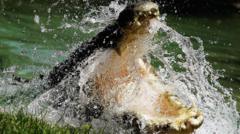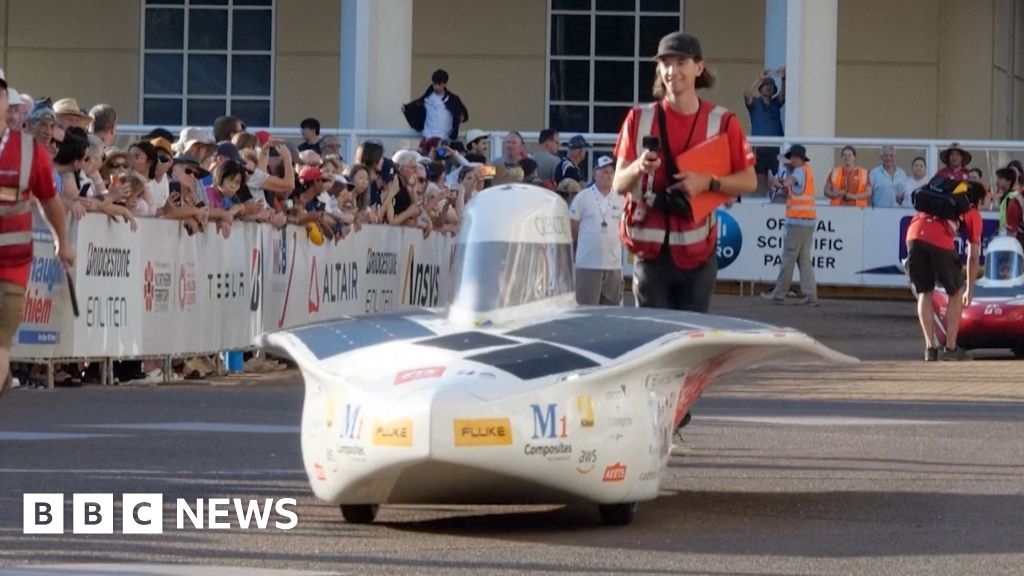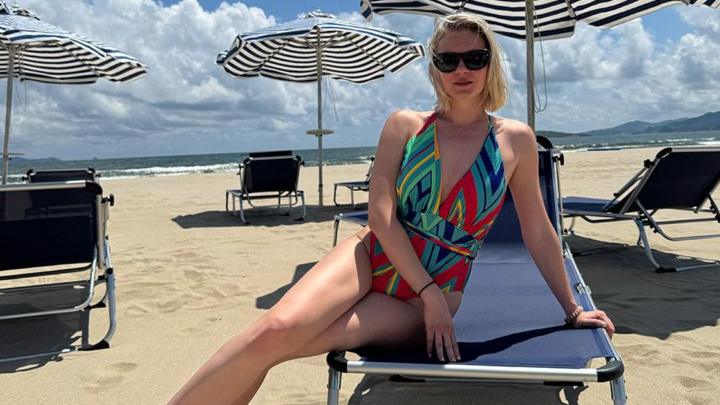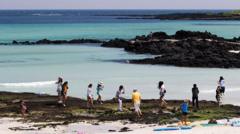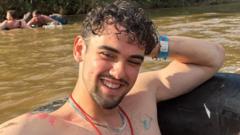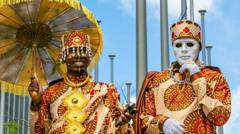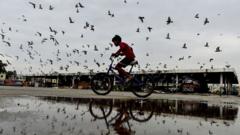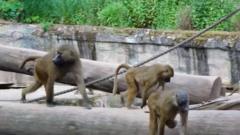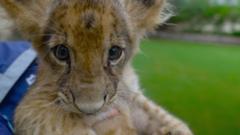In the Northern Territory of Australia, the dense waters of Darwin Harbour come alive with the sounds of nature, although there’s an underlying tension as local authorities grapple with the thriving population of saltwater crocodiles. Government ranger Kelly Ewin finds herself balancing carefully on a floating trap, poised to catch and manage one of the world’s largest reptiles, as dawn breaks over the water. With heavy rain clouds looming, the serene wilderness belies the danger of catching an agitated crocodile.
Surrounded by pristine beaches and wetlands, Darwin has become the epicenter for the country’s estimated 100,000 wild saltwater crocodiles. These creatures, known colloquially as "salties," once teetered on the brink of extinction in the 1970s, but after hunting bans were implemented, their numbers surged. Now, with thriving populations, the challenge shifts from preservation to managing coexistence with humans.
Professor Grahame Webb, a crocodile expert, emphasizes the importance of maintaining a balance between human safety and crocodile populations, warning against knee-jerk political reactions that could threaten these predators. In a region where summer temperatures soar, crocs have found the ideal habitat to thrive, prompting the local government to take action to protect citizens during peak breeding seasons when salties are highly active.
Given that fatal crocodile incidents remain rare in Australia, public awareness and education are key components of safety initiatives. The Northern Territory’s “Be Crocwise” program visits schools to inform students about responsible behaviors around crocodile habitats. This approach has garnered attention beyond Australia, with regions like Florida and the Philippines looking to implement similar strategies.
As the common question arises regarding culling, the state government has recently approved a revised crocodile management plan, increasing the annual quota for crocodile removals from 300 to 1,200. While Ewin’s team aims to minimize human-crocodile encounters through trapping, past tragedies reignite community debates surrounding their management.
For many in the Northern Territory, crocodiles aren’t merely a lurking threat—they are economic marketers that attract tourists and enable lucrative farming operations. Tourists flock to spot salties, while luxury brands like Louis Vuitton and Hermès utilize crocodile skins, generating significant interest and revenue in the region.
Collaboration between Aboriginal rangers and crocodile farmers seeks to ensure these communities share in the financial benefits of the industry. Yet, ethical concerns loom over crocodile farming practices, especially when it comes to ensuring the welfare of these social animals during confinement.
Even with conservation successes, the harsh reality persists that saltwater crocodiles remain formidable predators equipped with strong natural instincts that lead to unpredictable encounters with humans. Local experts remind residents that swimming near crocodile habitats can be fatal.
In managing one of the world’s most powerful predators, the Northern Territory walks a fine line between conservation, tourism, and personal safety—a feat not easily replicated in urban centers like Sydney or New York, leaving those in Darwin to navigate through their intricate relationship with these ancient reptiles.

